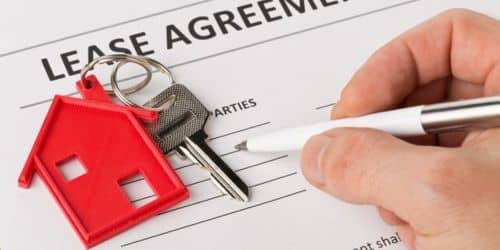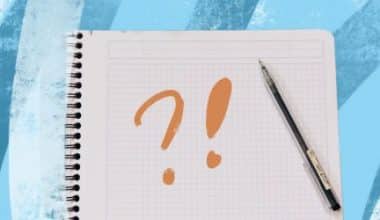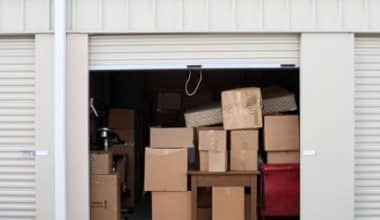Signing a home lease contract can be an exciting prospect – but it can also be a stressful experience, with many things to consider.
Before you sign on the dotted line, it’s essential to understand what the agreement includes and ensure you’re getting everything you need. You also need to check that your rights are protected. From setting out landlord-tenant responsibilities to specifying property rules, ensuring that your lease provides the protection you need is crucial.
Take some time to review the contract closely and check for these essential items that your landlord should include in your lease.
What Is A Lease?
A lease is a legal document that outlines the landlord’s and tenant’s rights and responsibilities. It sets out essential information, including the time (“term”) during which the tenant can occupy the property and details on how much rent they will pay and when it is due.
The lease will also include details of any security deposit or fees that need to be paid by the tenant and specific rules about pets or smoking on the premises. In most cases, the lease contract also typically includes information about who is responsible for maintenance and repairs and any other rules and regulations that apply to the property. These rules may relate to parking, use of common areas, or any other amenities that the rental agreement includes.
What Should You Check In Your Lease?
As mentioned, there are several items you will need to check in your lease contract, and these include the following:
- The Rights and Responsibilities of All Parties
Ensure that the lease includes the rights and responsibilities that each party agrees to. It should establish who is responsible for paying utilities and cleaning common areas to ensure everyone is aware of their duties.
The lease should also include a section outlining who is responsible for any repairs or maintenance that the landlord must perform on the property, and this should consist of specifics regarding who will be performing the work, when it will take place, and who pays for any materials or parts needed.
Knowing your responsibilities will also ensure that you know what to do if something goes wrong – if you spring a leak and call a plumber, for example, some landlords may charge you if your lease agreement states that they are responsible for maintenance.
- Insurance Requirements
The lease should give you information on your landlord’s insurance and any situations covered for the tenant. In most cases, this will state that the building is protected, but the tenants must have separate insurance to cover their personal belongings, fixtures, and fittings. Read this section carefully before signing to check that you have the protection you expect while living in the house.
- Subletting Rules
Many lease contracts will include rules about subletting – for example, if the tenant wants to rent out their space while they are away. The lease should state whether or not subletting is allowed and, if permitted, include provisions such as who the tenant can sublet to and what rules the tenants must follow. If tenants break these rules after signing the contract, the tenancy may be void, resulting in eviction.
- Specific Property Rules
Leases will include a section outlining any rules and regulations tenants must follow while living on the property. For example, if there are any quiet hours or smoking restrictions in certain areas. In some cases, these result from state or local mandates and can have more serious consequences, so make sure you are totally happy before putting pen to paper.
If you plan on having pets in your home, ensure there is a section in the lease that permits this and outlines any pet policies and requirements, as well as rules about breed restrictions, pet deposits, or any other conditions that tenants must meet before bringing a pet onto the property. Once again, you may risk your tenancy if your landlord catches a pet on the property without permission.
- Security Deposit Details
Your contract should specify the amount you have paid for a security deposit and where this is being held or stored – many states have specific rules. This section must also include details about when your landlord must return your security deposit and any clauses that may stop you from getting the entire amount back – this may be in the event of damage or non-payment of rent. In order to be legally binding, the contract must clearly set out these terms and details.
- Termination Clause
Make sure to check for details of the termination clause that outlines the conditions under which either party can end the lease agreement – this will tell you how much notice you need to give and situations where your landlord may terminate your tenancy; for example, with a certain number of days notice, or as a result of breaking the terms.
- Details On Landlord Access
Make sure your lease specifies when and how often the landlord can enter the tenant’s space for inspections or repairs – in most cases, 24 hours’ notice will need to be given.
Your Next Steps
By reviewing your lease contract before signing, you can ensure that both parties understand their rights and responsibilities under the agreement, leading to a happy, harmonious tenancy arrangement for all involved.






